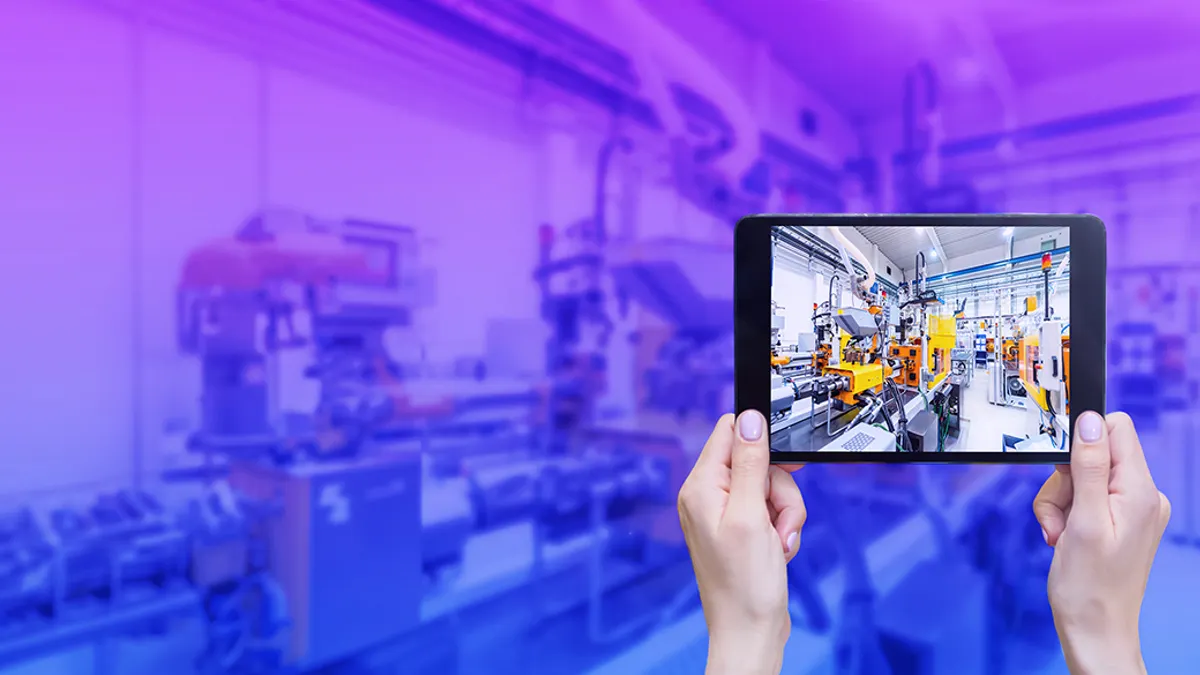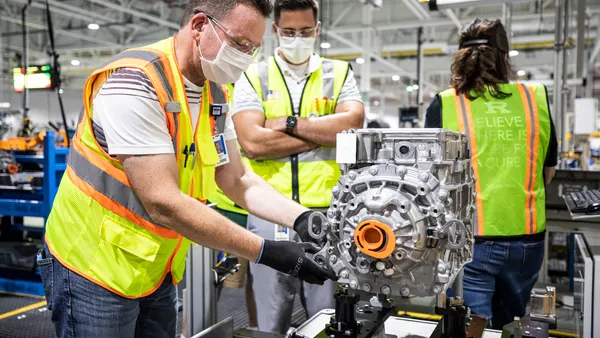Most industrial manufacturing companies have already made progress in digitalization—from integrating robots within factory floors to automating warehouses and digitizing back-office functions. But fewer have completed the transformation to be considered a “smart industrial.”
What sets these companies apart? A smart industrial uses technology to develop and support new business models (for example, providing “as-a-service” solutions in addition to manufactured products). A smart industrial sells products that share performance data back to the manufacturer, which enables smart service strategies, improves reliability, reduces cost of ownership and bolsters customer loyalty. A smart industrial uses technology to redefine its value proposition to customers.
In short, a smart industrial is agile and data-driven—able to respond more quickly to disruptions and opportunities, with a culture of innovation and adaptability.
Get smart about transforming your organization
The shift to become a smart industrial isn’t just a functional fix or cost-efficiency exercise. It’s an enterprise transformation that requires cross-functional vision, technology and change management. Every smart industrial must be a connected enterprise in which data is shared and leveraged across teams and functions.
What follows are six steps that kickstart the journey:
- Articulate a smart strategy. Define the destination for your company in terms of business model and financial ambition. Develop a unique roadmap to achieve or, depending on maturity, complete the vision that best suits your company and industry.
- Create the right organization/portfolio. Align corporate governance and structure to optimize the delivery of your strategic vision. Divest assets that do not fit the strategic vision; acquire or partner with those that do. Use mergers and acquisitions as a mechanism to reduce shareholder risk and improve performance—accelerating progress to smart outcomes.
- Finish the digital transformation. Data alone has limited utility. Data alignment is key. To complete the transformation, every aspect from supply chain to production to customer experience must be connected, with continuous feedback to optimize performance and unlock value.
- Recalibrate risk management. With smart, connected manufacturing, traditional risks are exchanged for new ones. With fewer workers in the factory, injuries are no longer a major risk. Similarly, Internet of Things (IoT) sensors and predictive maintenance reduce the risk of unplanned outages. In their place are larger data-related risks. These risks demand sound protection of customer data and proprietary information, as well as adoption of ethical artificial intelligence (AI) practices.
- Align culture and talent—create opportunities. Successful transformations require the enthusiastic support of the managers and employees who will execute the change and work in new ways. The shift from traditional industrial to smart industrial may require culture change—from a focus on product and engineering to service, software and user experience. If the transformation gives employees opportunities to learn and grow—and earn incentive rewards—the shift will be easier. Along the way, preserve the core values that formed the basis of your organization’s success.
- Prepare tech and data platforms. Update your technology and data foundation so you are ready to jump on opportunities. With enabling technologies in place throughout, an enterprise can take advantage of its capabilities to develop new offerings that respond to the competitive environment and changing customer demands.
Follow the leaders
Competitors, customers and shareholders are clamoring for this shift to smart. To learn more—including examples of how leading companies are driving results—read the full-length KPMG report, From traditional to smart industrials.










